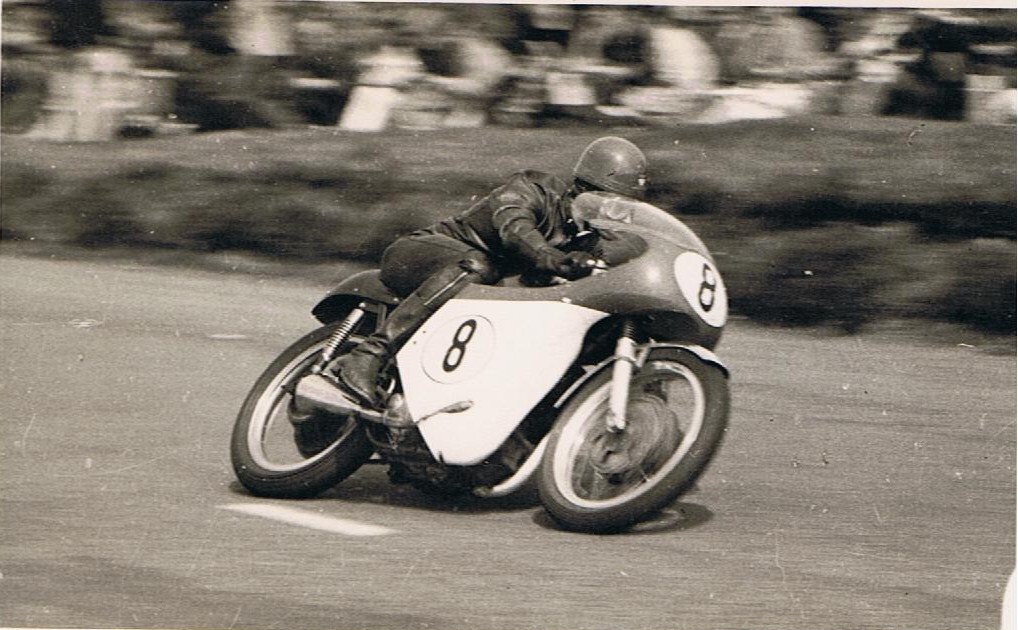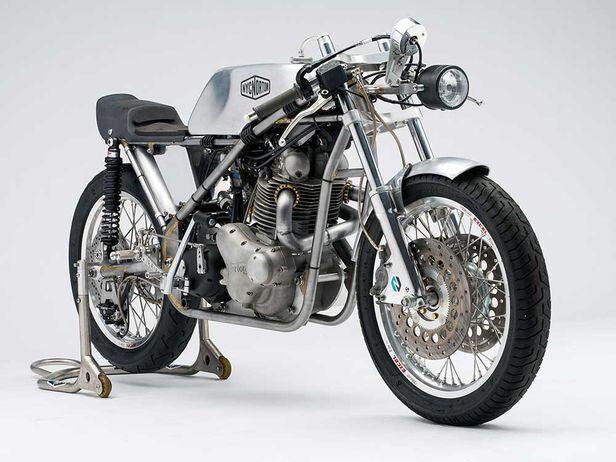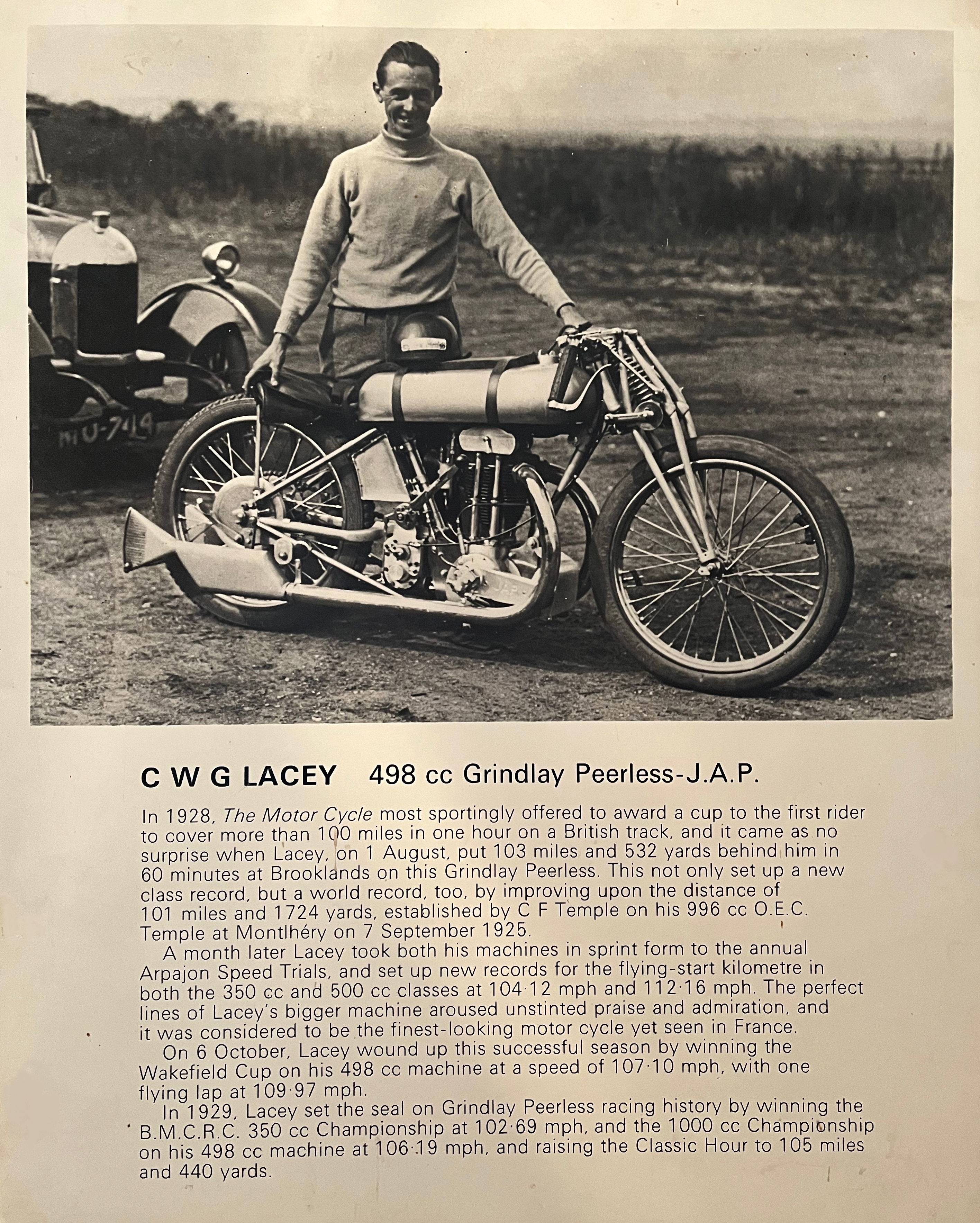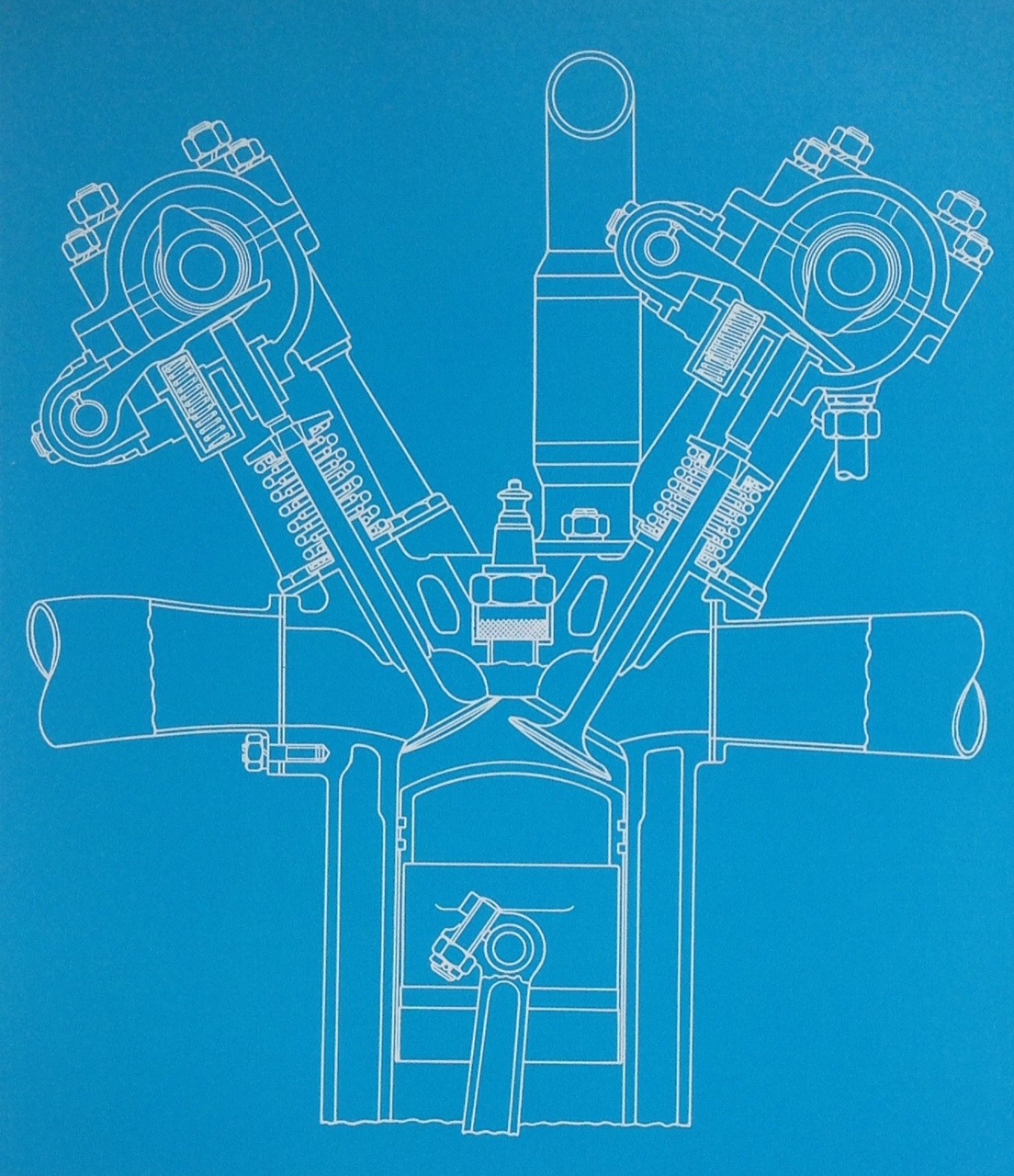- Joined
- Jul 25, 2010
- Messages
- 5,784
Ows the teef ,



Scotta go , Scott two injuns innit . pity the zorsts only alf size but .
Be nice to see 1 3/4 bore free running pipes letting all the power out .
When its W.F.O. .
No impediment whatsoever , Old Boy , wiffem .

" Racing success was achieved by Bill Lacey who set a world record in 1928, and also by Jan Mocchari of Czechoslovakia and Karl Aboart of Austria. "
Wotcher gots two of them like , parralell but . Any free fifty or 500 back then wot wasnt past 10.00 needed bigger ones like , to let all the BANGS out ,
without them getting mixed up . 7R , G-50 & 30M , 40 M sized pipes onna ' Big Twin Knorton , woulda be wotcher got at BROOKLANDS , if you
STILL HAD Brooklands .
The Air Ministrys stopped british motorcycles from flying .
WHY didnt they give it back ?
Is THIS why pommy designs hamstung .
Or is it just a old womand committe on a computer who prefer camels , not that theyve done anything in the desert . Theyre not sufficently BASIC .

Cold steel . THATS what they need . Round im up with Cold steel . If they cant take it theyre not going to make it . Who left the plug out .




Scotta go , Scott two injuns innit . pity the zorsts only alf size but .
Be nice to see 1 3/4 bore free running pipes letting all the power out .
When its W.F.O. .
No impediment whatsoever , Old Boy , wiffem .

" Racing success was achieved by Bill Lacey who set a world record in 1928, and also by Jan Mocchari of Czechoslovakia and Karl Aboart of Austria. "
Wotcher gots two of them like , parralell but . Any free fifty or 500 back then wot wasnt past 10.00 needed bigger ones like , to let all the BANGS out ,
without them getting mixed up . 7R , G-50 & 30M , 40 M sized pipes onna ' Big Twin Knorton , woulda be wotcher got at BROOKLANDS , if you
STILL HAD Brooklands .
The Air Ministrys stopped british motorcycles from flying .
WHY didnt they give it back ?
Is THIS why pommy designs hamstung .
Or is it just a old womand committe on a computer who prefer camels , not that theyve done anything in the desert . Theyre not sufficently BASIC .

Cold steel . THATS what they need . Round im up with Cold steel . If they cant take it theyre not going to make it . Who left the plug out .

Last edited:

